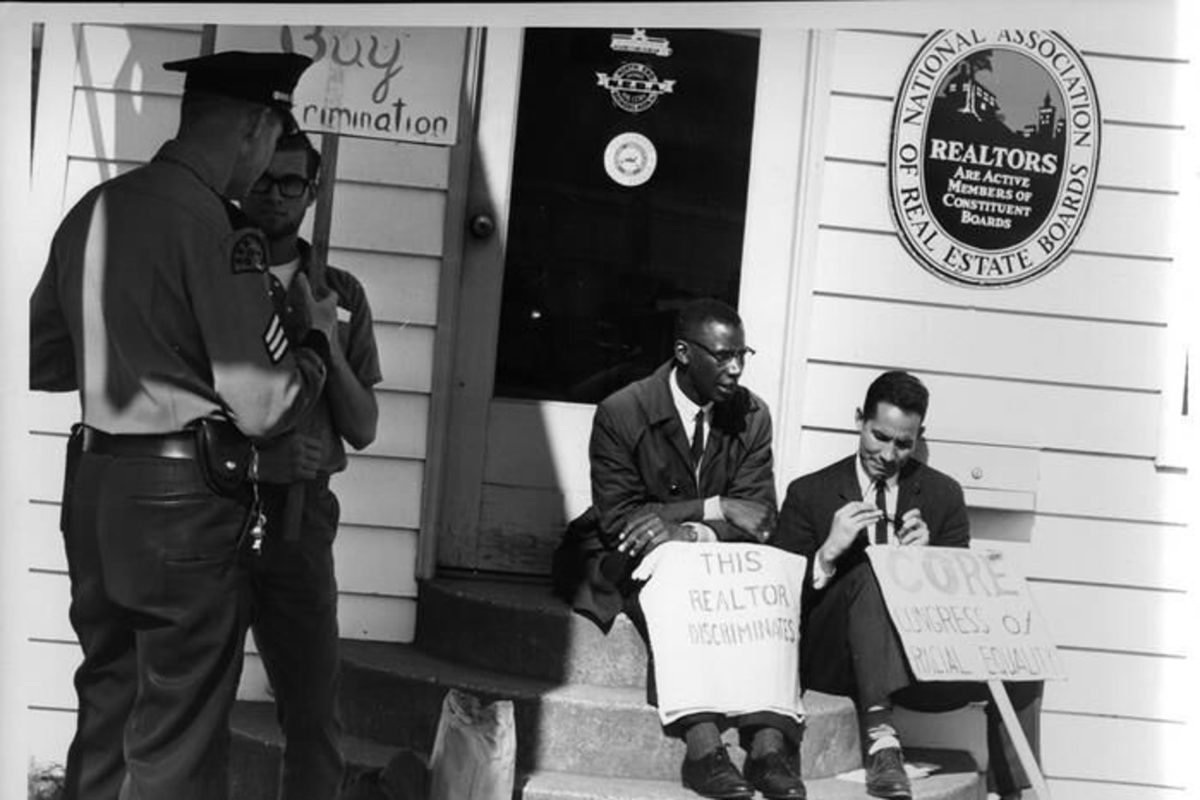
The legacy of keeping people of color out of certain Seattle neighborhoods is the focus of a new exhibit at The Wing Luke Museum of the Asian Pacific American Experience.
“Excluded, Inside the Lines” marks the 50th anniversary of the 1968 Fair Housing Act, the federal act that prohibited landlords and sellers from discriminating against home buyers and renters on the basis of race, as well as other protected classes within the U.S. such as religion, national origin and disability among others.
The exhibit is through Feb. 23, 2020.
One of these discriminatory practices was redlining, which is the denial of specific services to neighborhoods, particularly those inhabited by people of color. This was done through the selective raising or prices or the denial of loans and insurance to block people of color from being able to buy homes, according to The Washington Post.
These practices were outlawed nationally through the Fair Housing Act, but the effect of redlining contributed heavily to the racial wealth gap that still exists today. The Federal Reserve found that white families have almost 10 times the net worth of black families in the U.S.
The exhibit explores the history and lasting effects of housing discrimination and redlining in Seattle, including city ordinances banning Native Americans from living in Seattle, laws against land sales to Asian immigrants, and racist housing covenants that are still being found today that prohibited nonwhites from buying houses, according to a press release.
Communities of color that grew out of redlining are highlighted, and the exhibit is also examining the ongoing gentrification that is pushing people of color out of these neighborhoods, including the Chinatown-International District and the Central District.
In an effort to highlight the success and personal stories of these communities, The Wing is creating a “Redlining History and Culture Trail” across different sites and areas through the Chinatown-International District, First Hill and Central District neighborhoods, according to The Wing. They are building a trail meant to bring people together across neighborhoods and generations and develop a safe, accessible space for the Seattle community.
The Wing has partnered with the Northwest African American Museum, the National Park Service, and other neighborhood advocates to put on the exhibit and develop this culture trail.
The Wing Luke museum highlights stories of perspectives from Asian Pacific-American voices, and is named after Wing Luke, a Chinese-American immigrant and the first Asian-American to hold elected office in Washington State as a member of the Seattle City Council. Before being elected to the council, he served as an assistant attorney general for the state.
Before his death in a plane crash in 1965, Luke was an important advocate for the Seattle City Council’s passage of the Open Housing Ordinance that ended the city’s discriminatory housing practices.
The exhibit is included with museum admission. Tickets are available on the Wing’s website, and the museum offers admission by donation on the first Thursday of every month.


It would be great to see someone also report on what internment did to the neighborhoods in Seattle, like much of the Central District, that were previously Japanese neighborhoods. A look a census data alone shows a distinct pattern. African Americans may have suffered from redlining, but they also benefited from the internment of the Japanese yet this is rarely discussed.
White people benefited far more. We should look at the way in which white supremacist policies pit communities of color against each other.
Thank you